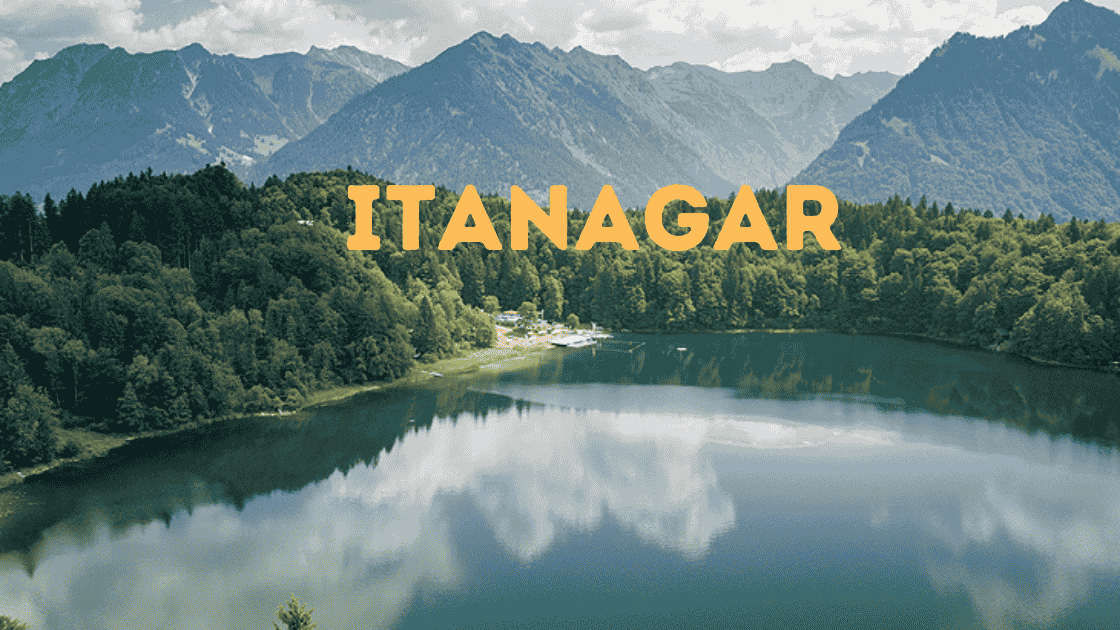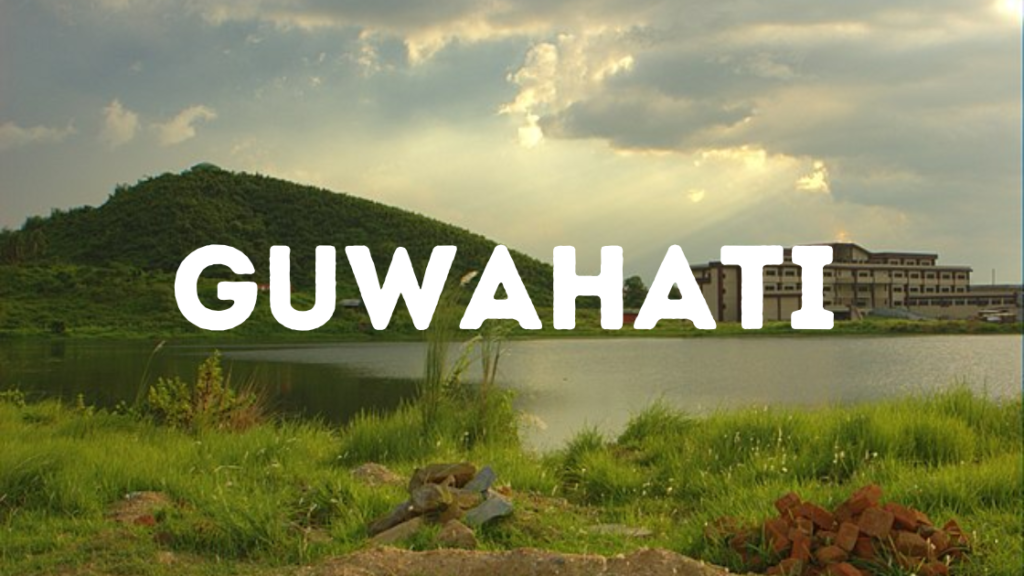Itanagar: The Heart of Arunachal Pradesh
Itanagar, the bustling capital city of Arunachal Pradesh, is not just a political and administrative hub but also a significant cultural and economic center. Nestled in the northeastern region of India, this city embodies the confluence of modernity and tradition. It is the perfect gateway to exploring the state’s rich cultural heritage, natural beauty, and historical depth. Let’s delve into the unique facets of this vibrant city and understand its significance in greater detail.
Itanagar Exploring Cultural Heart and Capital of Arunachal
Etymology and Historical Significance
Itanagar’s name originates from the historic Itafort, a marvel that translates to “fort of bricks.” This ancient fort lies at the heart of the city and dates back to the 14th-15th century, constructed during the reign of Ramachandra, a king of the Jitari Dynasty. This archaeological site is built with robust bricks in an irregular shape, showcasing the architectural brilliance of its time. It provides valuable insights into the region’s historical narrative and the lifestyle of its early inhabitants.
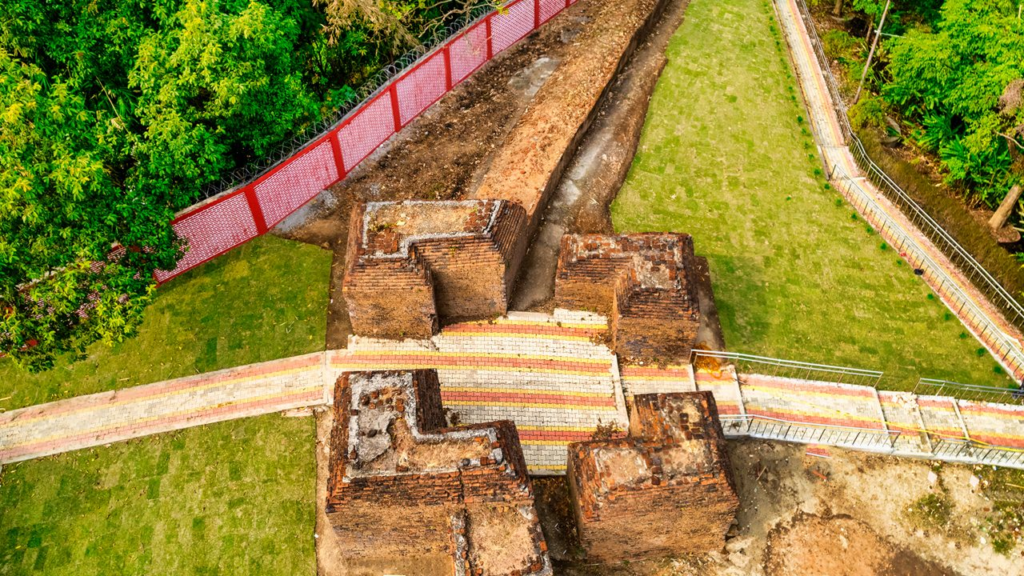
Significant historical accounts suggest that the Itafort played a pivotal role in protecting the region and facilitating trade routes. Even today, the fort stands as a symbol of resilience and ancient glory. Efforts have been undertaken by the Archaeological Survey of India (ASI) to preserve this monument, recognizing it as a heritage site.
Additionally, Itanagar’s location on ancient trade routes highlights its historical importance. During colonial times, Itanagar’s strategic positioning made it an administrative hub for interactions between various northeastern regions and the rest of India. For visitors and scholars, Itanagar serves as a treasure trove of untapped history awaiting exploration.
Geography and Climate
Situated at 27.1°N latitude and 93.62°E longitude, Itanagar enjoys a unique geographical setting. Located at an average elevation of 320 meters, this capital city is surrounded by scenic hills, dense forests, and flowing rivers, enhancing its picturesque beauty. The city’s proximity to natural landscapes also makes it an ideal destination for nature enthusiasts.
Climate: Itanagar experiences a humid subtropical climate (Köppen classification: Cwa), characterized by dry winters and hot, wet summers.
- Winters (November to February): Mild and dry, with temperatures ranging from 10°C to 23°C. This period offers a comfortable climate for sightseeing.
- Summers (March to May): Hot and humid, with daytime highs ranging between 28°C and 38°C.
- Monsoons (June to September): Itanagar receives substantial rainfall, with an annual average of 3,381 mm. This season enhances the lush greenery surrounding the city.
Recent climate observations highlight increasing temperatures due to climate change, which necessitates sustainable development initiatives to preserve the city’s pristine environment. The diverse climate plays a critical role in shaping Itanagar’s ecology and economy, particularly its agriculture and tourism sectors.
Administrative Significance
Itanagar is not only the capital but also the central hub for governance in Arunachal Pradesh. It serves as the seat for:
- Arunachal Pradesh Legislative Assembly: The legislature shaping policies for the development and welfare of the state.
- Gauhati High Court Permanent Bench at Naharlagun: Ensures smooth judicial proceedings within the state.
- State Government Headquarters: Facilitates the execution of administrative and development schemes.
Together with Naharlagun, Itanagar forms the Itanagar Capital Complex Region, which stretches from Chandranagar to Nirjuli. This region hosts the essential administrative offices and residences of government officials.
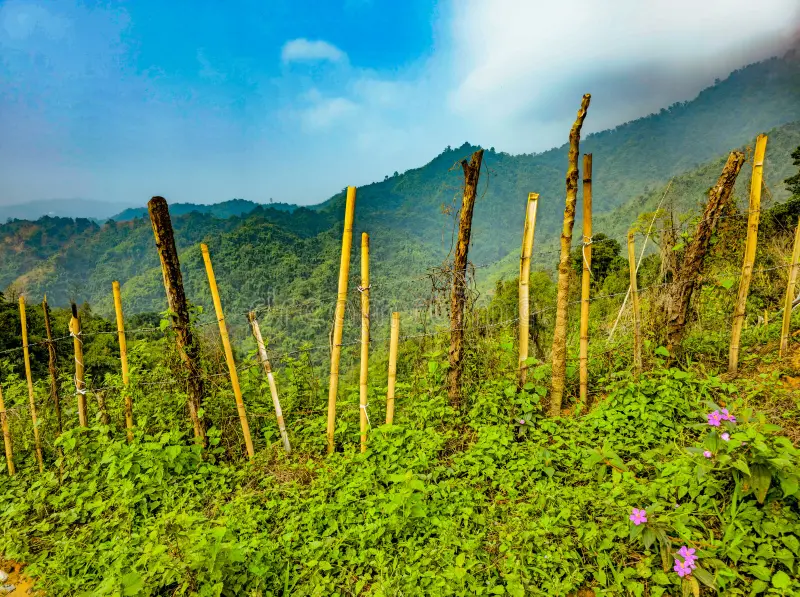
With ongoing efforts to modernize infrastructure, plans to digitize governance have been actively implemented, improving public services through technology-driven solutions. The growing emphasis on e-governance has brought transparency and efficiency to administrative processes. Itanagar’s role as a command center ensures the smooth functioning of Arunachal Pradesh’s diverse and challenging terrain.
Culture and Demographics
The vibrant culture of Itanagar is shaped by the amalgamation of tribal traditions and modern influences. The city is home to several indigenous tribes, such as:
- Nyishi
- Adi
- Apatani
- Tagin
- Galo
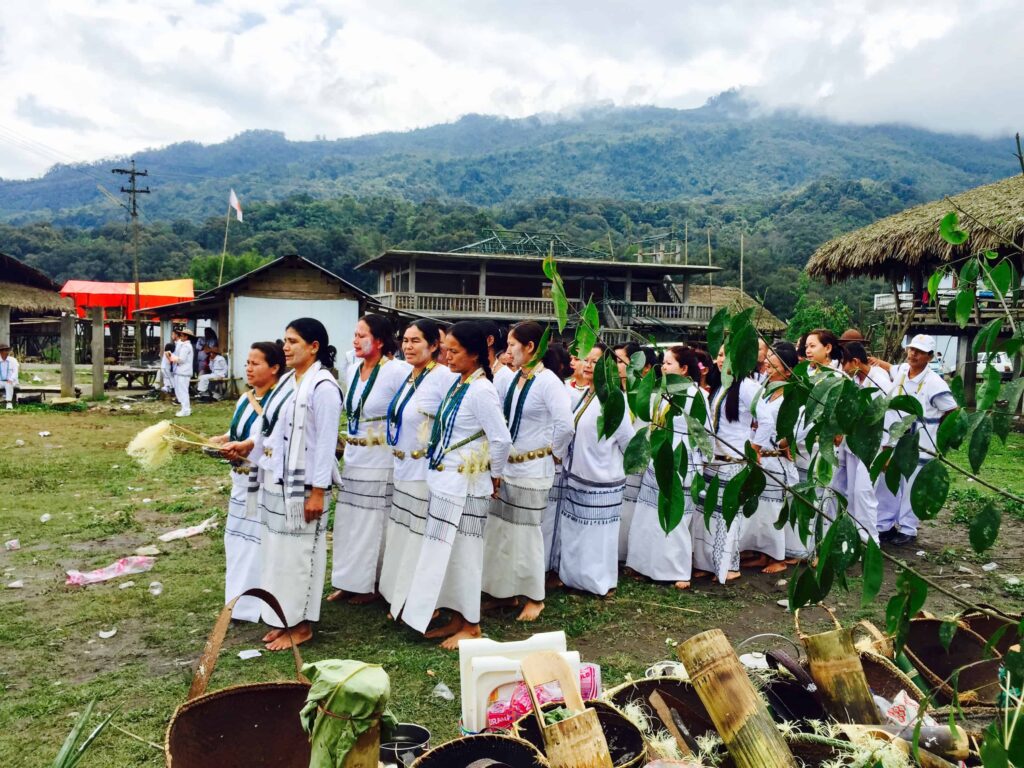
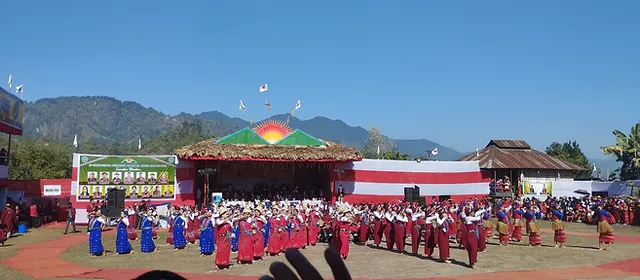
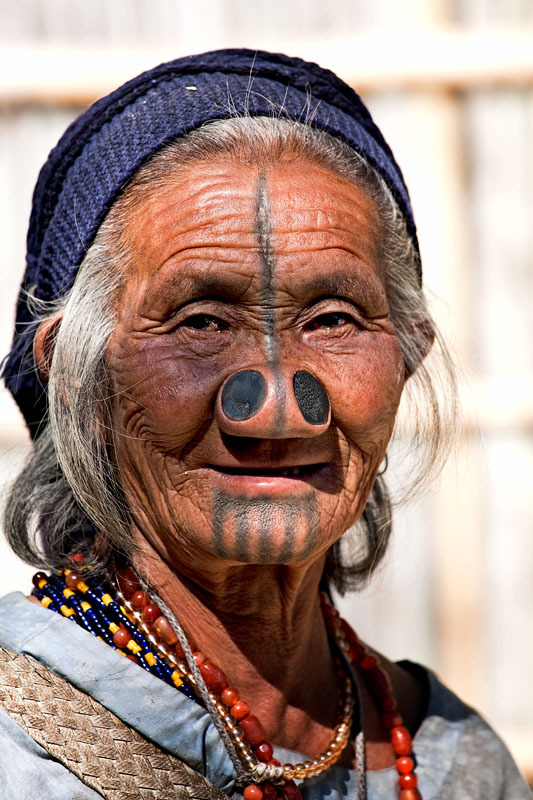

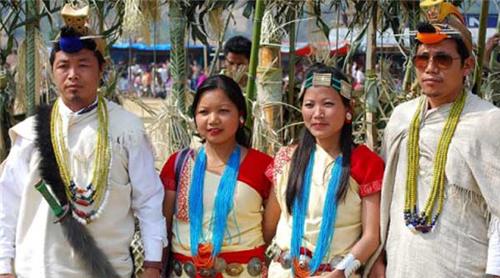
Each tribe has its unique customs, traditions, and festivals. Itanagar serves as a confluence where these tribal communities coexist harmoniously, fostering a shared cultural identity.
Key Festivals:
- Nyokum: Celebrated by the Nyishi tribe, it is a festival of prosperity and prayers for a good harvest.
- Dree Festival: An Apatani festival invoking deities for agricultural success and communal harmony.

The city also embraces modern art, fashion, and education, bridging the gap between tradition and contemporary living. Handicrafts, particularly bamboo and cane products, reflect the city’s rich artistic heritage. Despite modernization, the tribal communities actively preserve their cultural identity, making Itanagar a hub of cultural diversity.
Key Attractions
- Itafort: A magnificent historical structure representing ancient architectural brilliance.
- Ganga Lake (Gyakar Sinyi): A natural lake surrounded by lush green forests, offering tranquil landscapes and recreational activities such as boating.
- Buddha Vihar: This peaceful Buddhist monastery reflects Arunachal Pradesh’s spiritual depth and attracts visitors seeking serenity.
- Craft Centre and Emporium: Showcasing the traditional handicrafts of Arunachal Pradesh, offering a glimpse into the indigenous way of life.
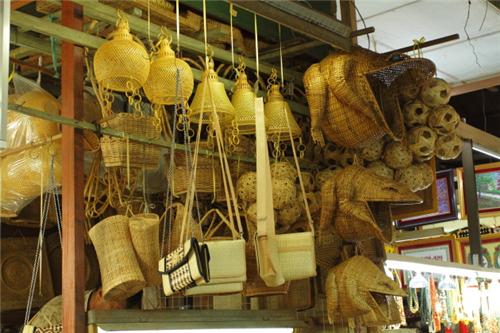
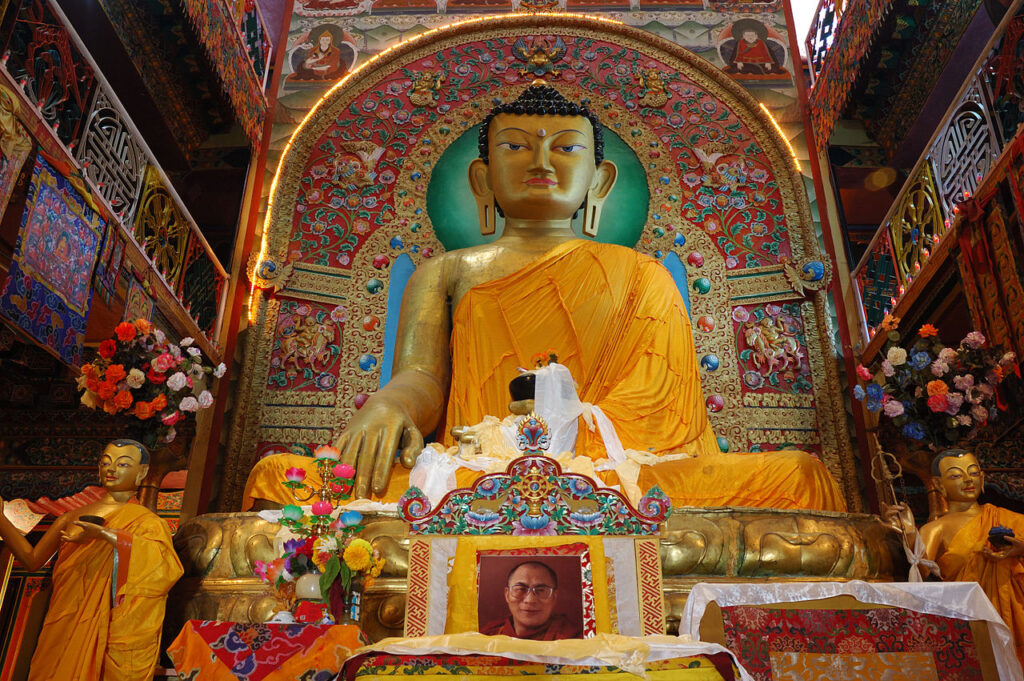
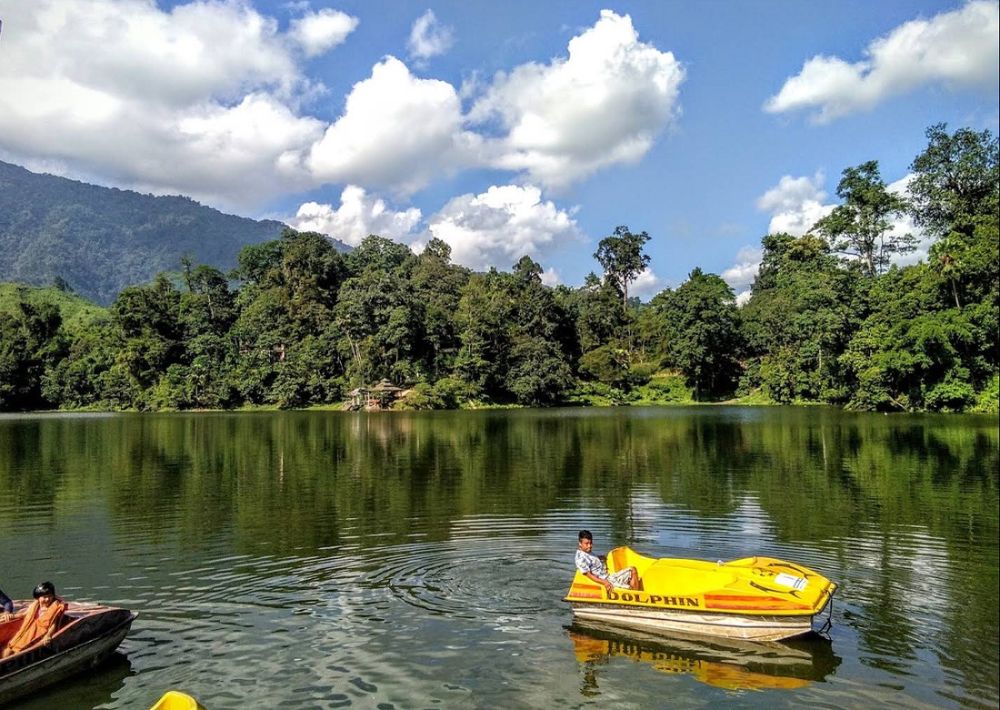
Upcoming Developments: To cater to the growing interest in tourism, the government has proposed infrastructure improvements, including better road connectivity, eco-tourism initiatives, and promotion of unexplored locales near Itanagar.
Economic and Developmental Highlights
As the state’s capital, Itanagar drives economic growth through a blend of traditional practices and modern industries.
Primary Economic Activities:
- Agriculture: A significant contributor, with crops like rice, millet, maize, and pulses dominating the region’s agrarian economy.
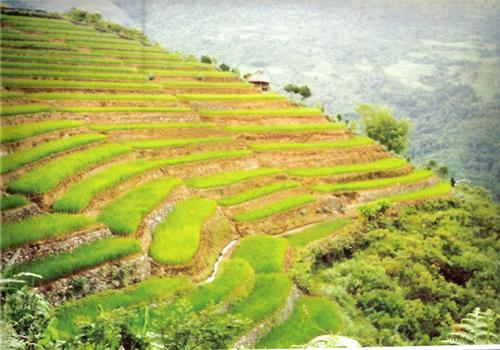
- Handicrafts: Indigenous crafts made from bamboo, cane, and wood are not only local staples but also cater to national and international markets.
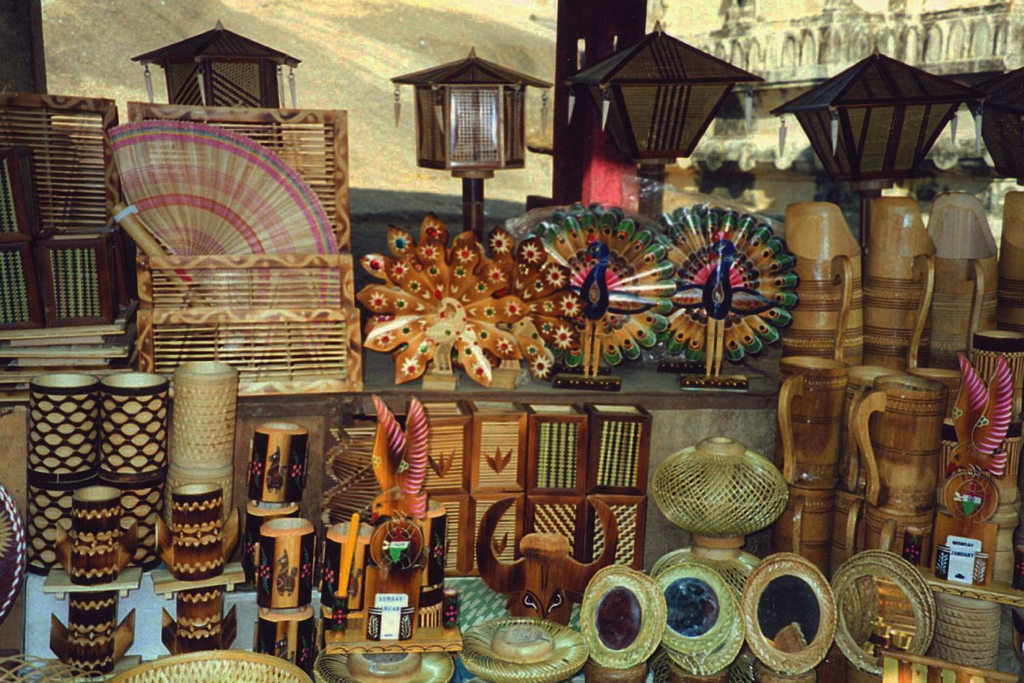
- Tourism: The serene natural beauty and rich cultural heritage draw tourists, boosting local businesses.
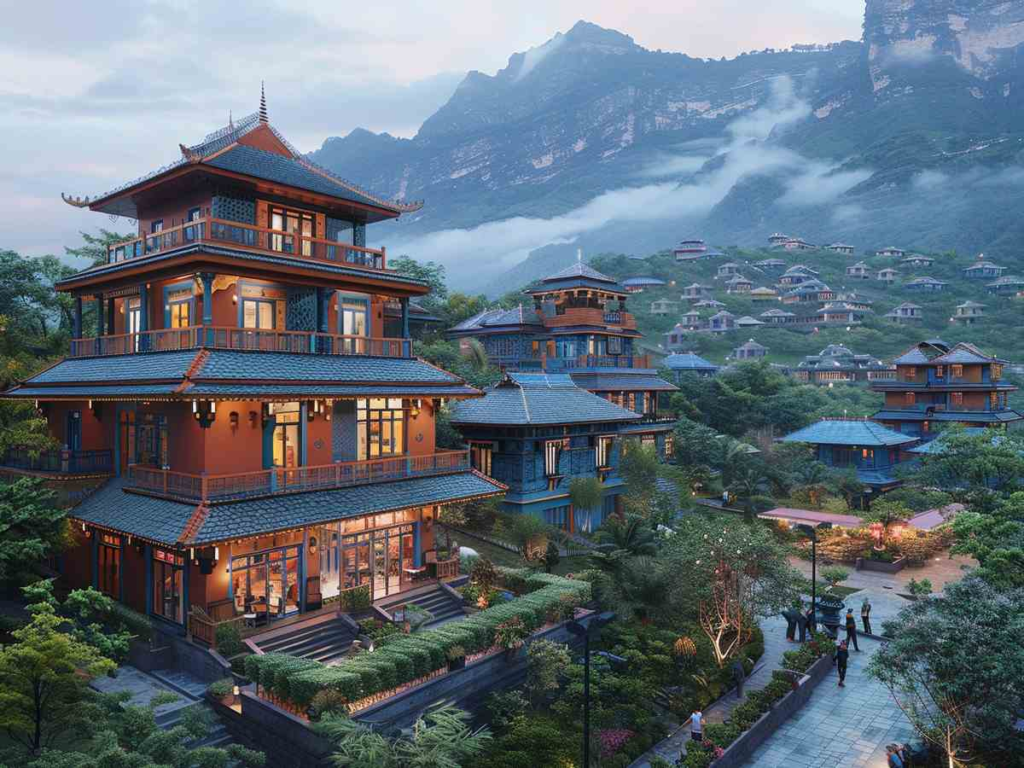
Additionally, Itanagar’s educational institutions, such as NIT Arunachal Pradesh, nurture future talent, contributing to the region’s socio-economic development. Ongoing infrastructure projects, including highways, smart city initiatives, and renewable energy schemes, aim to position Itanagar as a model city in the Northeast.
Demographics of Itanagar
As per the 2011 Indian Census, the population of Itanagar stands at 59,490, making it a moderately populated city in Arunachal Pradesh. The male population constitutes 53%, while females represent 47%, reflecting a slight gender imbalance. Itanagar’s average literacy rate is recorded at 66.95%, which is below the national average of 74.4%. The literacy rate for males is 73.69%, while for females, it is significantly lower at 59.57%. This gap highlights a persistent gender disparity in educational access and opportunities. Among the population, approximately 15% are children below 6 years of age, emphasizing the city’s young demographic.
To tackle literacy challenges, the local government has introduced initiatives aimed at improving educational access, especially for women and underprivileged communities. Increasingly, schools and literacy campaigns focus on empowering residents with higher education levels, aligning with Itanagar’s aspiration to develop into a more literate and self-reliant hub.
Religion in Itanagar
Religion in Itanagar mirrors the diversity of Arunachal Pradesh, where tribal traditions intersect with mainstream religions. According to the 2011 Census:
- Hinduism is the predominant religion, followed by 40.94% of the population.
- Christianity comes next, with 29.51% adherents.
- Donyi-Polo, a traditional animist belief system, holds significant importance and accounts for 21.17% of residents.
- Islam represents 4.52%, and Buddhism comprises 2.88% of the population.
- Minor religions, including Sikhism, Jainism, and others, collectively contribute to 0.98%.
The majority tribal populations, especially Tani tribes, adhere to Donyi-Polo, which venerates the Sun (Donyi) and the Moon (Polo). This system underpins their cultural and spiritual identity. Increasing urbanization has led to the coexistence of varied faiths, symbolizing religious harmony in the region. Festivals like Solung, Mopin, and Nyokum attract participation from all communities, showcasing the city’s rich spiritual mosaic.
Languages of Itanagar
Itanagar is a linguistic melting pot, reflecting the ethnic and cultural diversity of Arunachal Pradesh. As per the 2011 Census, the city’s linguistic profile includes:
- Nishi: 30.08% of speakers, representing the largest segment.
- Bengali: Spoken by 13.68% of the population.
- Adi: Constituting 13.61%.
- Apatani: Accounts for 7.15%.
- Other notable languages include Nepali (6.26%), Hindi (6.12%), Assamese (5.93%), and Bhojpuri (3.34%).
- Miscellaneous languages together make up 19.95%.
The prevalence of Nishi, a major tribal language, highlights the indigenous influence in Itanagar’s culture. However, languages like Bengali, Hindi, and Nepali signify the inflow of non-tribal communities. Efforts are being made to preserve local dialects while encouraging multilingual proficiency to boost economic and cultural exchange.
Education in Itanagar
Itanagar is an educational nucleus in Arunachal Pradesh, hosting a range of premier institutions that cater to both higher education and vocational training. Key educational establishments include:
- Rajiv Gandhi University—Renowned for diverse academic disciplines.
- Northeastern Regional Institute of Science and Technology (NERIST)—A premier engineering and management institute.
- National Institute of Technology, Arunachal Pradesh (NIT)—Focusing on technological innovation.
- Don Bosco College and Dera Natung Government College cater to undergraduate programs.
- Himalayan University offers a variety of postgraduate courses.
- Rajiv Gandhi Government Polytechnic and Tomo Riba Institute of Health and Medical Sciences specialize in technical and medical education respectively.

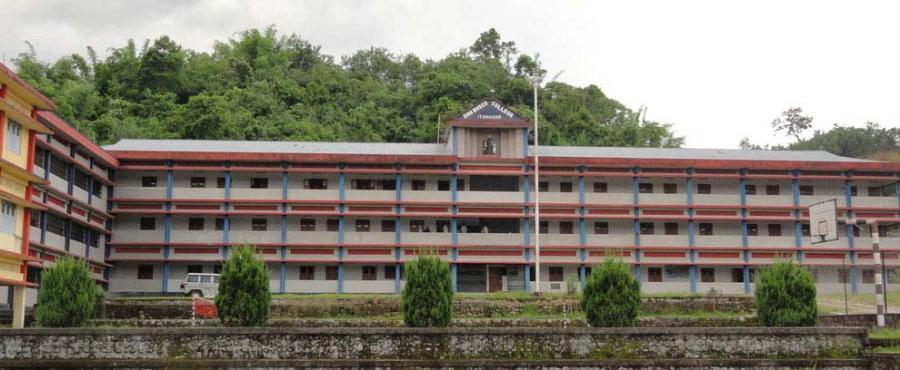
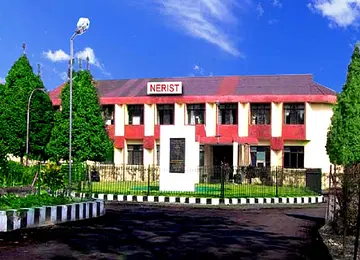
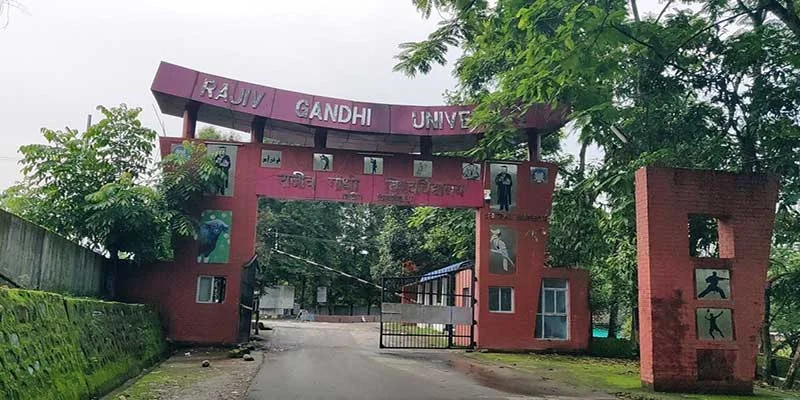
Moreover, vocational centers and NGOs play a pivotal role in skill development for the youth. Education reforms have propelled student-centric teaching methodologies, though challenges like resource accessibility and qualified teacher availability persist in rural areas.
Media and Communications in Itanagar
Television: Itanagar is home to DD Arunprabha, the state-owned broadcaster that caters to the northeastern audience. The channel highlights regional art, culture, and developmental stories, bringing Itanagar’s narrative to the broader populace.
Radio: Radio remains a significant communication medium. Key stations include:
- All India Radio (AIR).
- RadioCity Itanagar—the state’s first community radio station.
- Big FM 92.7, which connects Itanagar to a national network.
Print Media: Prominent newspapers like The Arunachal Times, Echo of Arunachal, and Dawnlit Post ensure robust regional and national coverage.
The growing prevalence of digital platforms has augmented the reach of traditional media, enabling instant communication and broader access to news.
Places of Interest in Itanagar
1. Ita Fort: One of the city’s historical landmarks, Ita Fort—“The Fort of Bricks”—dates back to the 14th-15th century. Constructed during the reign of the Chutiya Kingdom, the fort spans an area of 16,200 cubic meters and boasts three distinct entrances. The architectural design underscores the engineering acumen of the time, and the fort remains a site of archaeological intrigue.
2. Ganga Lake (Gekar Sinyi): Surrounded by dense forests and tall ferns, Ganga Lake is a natural retreat featuring boating and swimming facilities. The serene atmosphere and lush greenery make it a preferred recreational spot.
3. Jawaharlal Nehru Museum: Dedicated to preserving tribal culture, the museum exhibits traditional costumes, artifacts, and historical tools, offering a glimpse into Arunachal Pradesh’s rich heritage.
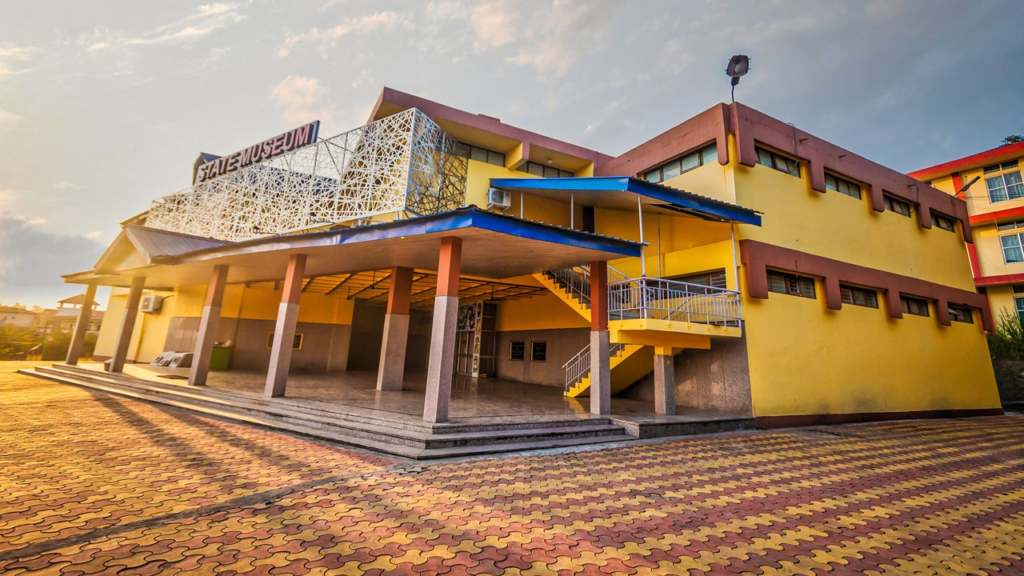
4. Buddhist Monastery: Commonly referred to as Gompa Mandir, this spiritual haven provides a tranquil escape while reflecting Buddhist philosophy through its architecture and daily rituals.
Transport in Itanagar
Road Connectivity: National Highway 415 links Itanagar with major parts of Arunachal Pradesh and India. Regular bus and taxi services make travel convenient, with Guwahati serving as a significant transit hub. Road infrastructure improvements have reduced travel times and facilitated better connectivity to remote areas.
Railway: The Naharlagun Railway Station, located 15 km from Itanagar, is the nearest railhead. Key train services include:
- Donyi Polo Express: Runs daily from Guwahati.
- Shatabdi Express: Operates thrice a week.
- Arunachal AC Superfast Express: Connects Naharlagun to New Delhi twice a week.
Air Connectivity: The recently inaugurated Donyi Polo Airport (November 2022) has transformed air travel in the region. Located in Hollongi, the airport offers services by Alliance Air, IndiGo, and FlyBig, connecting Itanagar to cities like Guwahati, Kolkata, and beyond.
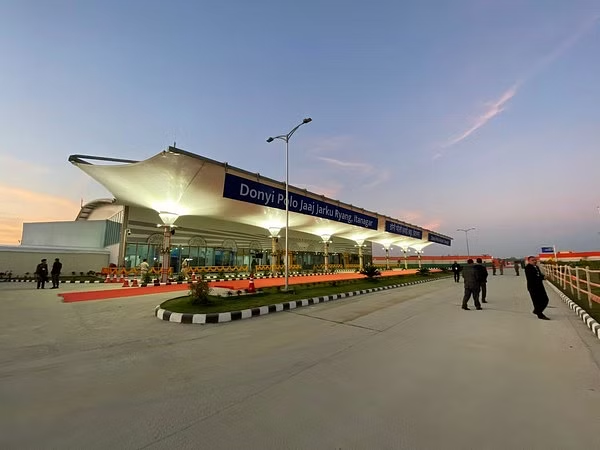
Helicopter Services from Guwahati to Naharlagun ensure seamless transit for emergencies and VIP travel. With continued investment in infrastructure, Itanagar’s transport network is evolving rapidly.
Conclusion
Itanagar stands at the crossroads of tradition and modernity. As a cultural, historical, and economic powerhouse, the city is pivotal to Arunachal Pradesh’s development. From its historical landmarks like Itafort to its modern initiatives in education and infrastructure, Itanagar is a dynamic city reflecting the aspirations of the people of Arunachal Pradesh. The government’s efforts to preserve its heritage while fostering growth promise a bright future for Itanagar, making it a must-visit destination for history enthusiasts, nature lovers, and cultural explorers alike.

